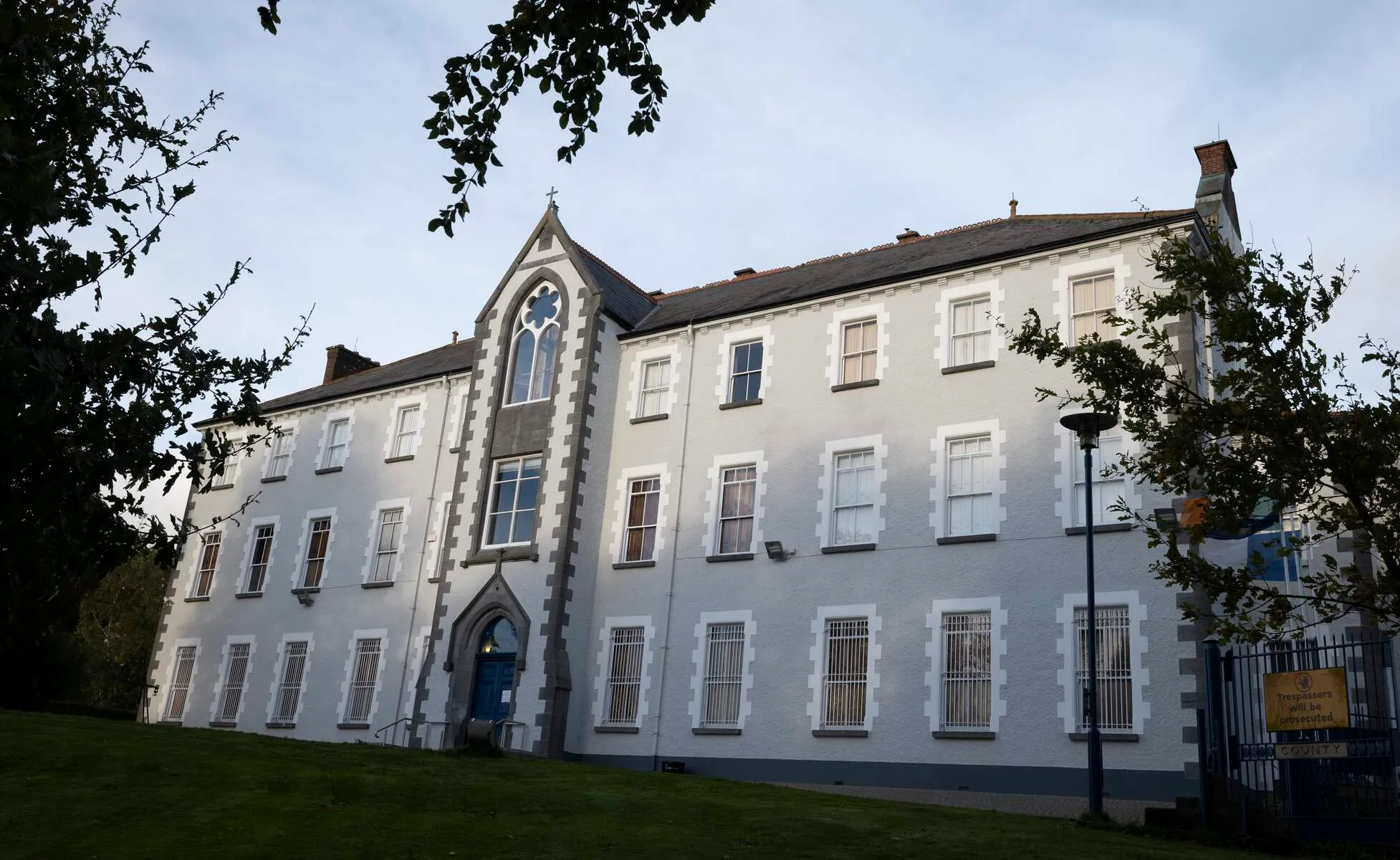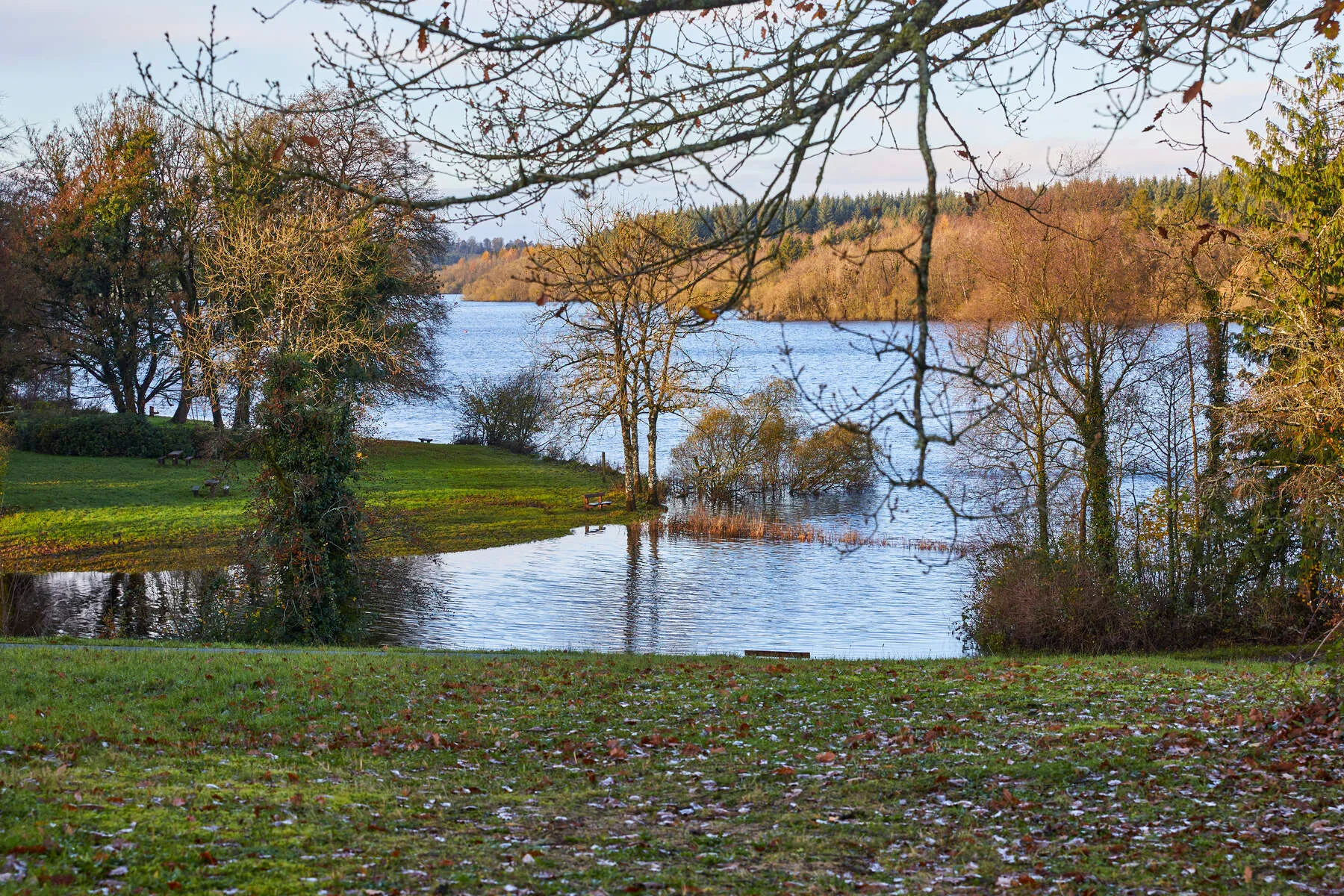Step onto the cobblestones of Cootehill, County Cavan, and you're immediately immersed in layers of history that stretch back millennia. The air hums with stories - of ancient Neolithic farmers who built Cohaw Court Cairn around 4000 B.C., of linen weavers threading looms during the town's bustling market days, and of travelers navigating the Drumlin hills flanking its rivers and lakes. This compact gem of a town, founded in 1725 by Thomas Coote and Frances Hill, balances centuries-old architecture with the quiet energy of agricultural life today, where fields of mushrooms and poultry farms neighbor serene waters like Moyduff Lake.
Wander past Bellamont Forest's Palladian mansion or trace the heritage trail from Market Street to Cohaw's stone portals, and you'll see why Cootehill feels suspended between eras. Its Fridays buzz with the scent of fresh bread at the general market, while weekends draw anglers to the Dromore River and hikers to Killykeen Forest's trails. Whether sipping tea in a thatched cottage or chasing pike in crystal waters, visitors leave knowing they've touched a place where Ireland's ancient soul meets modern warmth - perfectly poised on the edge of County Monaghan, yet wholly its own.
Jump to section:
Things to See and Do
Cohaw Court Cairn
A Neolithic double court-tomb dating to around 4000 BC, featuring two forecourts and five burial chambers. The oldest known ritual site in Ireland, discovered through archaeological excavations.
Bellamont Forest & Palladian House
18th century Palladian villa surrounded by 500 acres of forest. Includes hiking trails, Dismond Hill viewpoints, and the privately-owned house offering exterior tours. Managed by Coillte.
Cootehill Heritage Trail
Guided walking tour covering Market Street's historic buildings (1832 Courthouse, 1819 Church of Ireland) and plaques detailing local history. Free self-guided maps available.
Tanagh Outdoor Education Centre
Adventure activities including abseiling, rock climbing, orienteering, canoeing and guided nature walks. Offers school programs and family experiences in the 200-acre facility.

Cavan County Museum
Housed in a former courthouse (1834), displays artifacts from Stone Age axes to Penal era relics, including the Killycluggin Stone and Faddel Hoard gold jewelry.
Erica's Fairy Forest
Whimsical woodland garden with fairy door installations, dedicated to local girl Erica Ní Draighneain. Features walkways and themed areas for family visits.
Moyduff Lake Pike Fishing
Guided pike fishing experiences available May-September on this private lake with expert angler Ronan Murray. Specializes in catch-and-release photography.

Killykeen Forest Park
3,000 acre forest offering hiking trails, mountain biking routes, and wildlife spotting opportunities. Features old mining sites and panoramic views from Drumgoon Hill.
Bellamont Spa & Gardens
Relaxation facility set in forested grounds with treatment rooms, sauna, and tranquil lake views. Offers spa packages in a historic woodland setting.
Dromore River Angling
World-class fly fishing for salmon and trout on this Lough Erne tributary. Guided tours available with expert instruction from local anglers.
Haltons Amenity Area & Trails
Trailhead with parking and toilets offering access to marked walking routes through drumlin landscapes. Connects to wider forest networks.
Ulster Fleadh Cheoil Festival
Annual traditional music festival held in alternating years featuring live performances, workshops and competitions at local venues like Bellamont House.
Maudabawn Cultural Centre Tours
Guided heritage tours exploring Cootehill's industrial past (flax mills, distilleries) and geological features like the Drumhurt Megalithic Structure.
Dismond Hill Viewpoint
Scenic overlook within Bellamont Forest offering 360 degree views of drumlin landscapes stretching towards Lough Erne and Cuilcagh Mountain.
Cootehill Craft Fair & Markets
Seasonal craft markets featuring local artisans selling handcrafted items. Held at various venues including the historic Market House building.
Getting There
Road
Cootehill is accessible by car via the R188 road from Kingscourt to Clones. Driving from Dublin, take the M3 motorway northbound towards Cavan, then follow signs for the R188 and Cootehill. The journey takes around 1 hour and 15 minutes from Dublin city center, depending on traffic conditions.
Bus
-
Bus Éireann provides services to villages and towns across County Cavan, including a direct route from Cavan to Dublin Airport.
-
There are six journeys each way to/from Cavan and four journeys each way to/from Monaghan Mondays to Fridays inclusive.
-
On Saturdays and Sundays there are two journeys in each direction.
-
Sillan operates a through coach service between Cootehill and Dublin.
Rail
The nearest train stations are Drumgoon or Kingscourt, from where passengers can take a taxi or local bus to Cootehill. Trains can be taken from Dublin's Connolly Station.
Events & Festivals 2025
There are currently no events listed. If you would like to add an event, please contact us.
History
Cootehill's history stretches back to prehistoric times, with evidence of Neolithic settlements in the area, including the Cohaw Court Cairn, a remarkable double court-tomb dating back to around 4000 BC. This ancient burial site features two semi-circular forecourts and five burial chambers, showcasing the ingenuity and craftsmanship of Ireland's earliest inhabitants.
As the centuries passed, Cootehill became part of the Kingdom of Breifne, a powerful Gaelic lordship that dominated the region from the 13th century. The kingdom's strategic location, nestled among drumlin hills and loughs, provided a natural defense against invaders. However, with the arrival of Norman influence in the late 12th century, the landscape of Cootehill began to change, as motte and bailey fortifications were constructed to assert control over the area.
In 1725, Thomas Coote obtained a charter to establish Cootehill as a market town, marking the beginning of a new era for the settlement. The town's proximity to the river Coragh and its location on the road from Dublin to Clones made it an ideal hub for trade and commerce. As the Irish linen industry flourished in the 18th and 19th centuries, Cootehill became a significant center for textile production, with thousands of pieces of high-quality linen being sold annually.
The town's architecture reflects its rich history, with many Georgian buildings still standing, including the impressive Bellamont House, a stunning example of Palladian architecture. The house, once the ancestral seat of the Coote family, Earls of Bellamont, features a noble Doric portico and beautifully proportioned rooms, showcasing the grandeur of 18th-century Irish country houses.
Cootehill's history is also marked by its connections to notable figures, including Eoghan Ruadh Ó Néill, who camped and trained the Ulster Army in Munnilly during the Irish Confederate Wars. The town has also been visited by prominent personalities such as President Mary McAleese, Bertie Ahern, and Rev. John Wesley, highlighting its enduring significance as a cultural and historical hub.
The Great Famine of 1845-1852 had a devastating impact on Cootehill, as it did on many other parts of Ireland. The town's workhouse, built in 1841-1842, was designed to accommodate up to 800 inmates, but it soon became overwhelmed by the sheer scale of human suffering. Despite these challenges, Cootehill continued to evolve, with the arrival of the railway in 1860 and the establishment of a thriving linen industry.